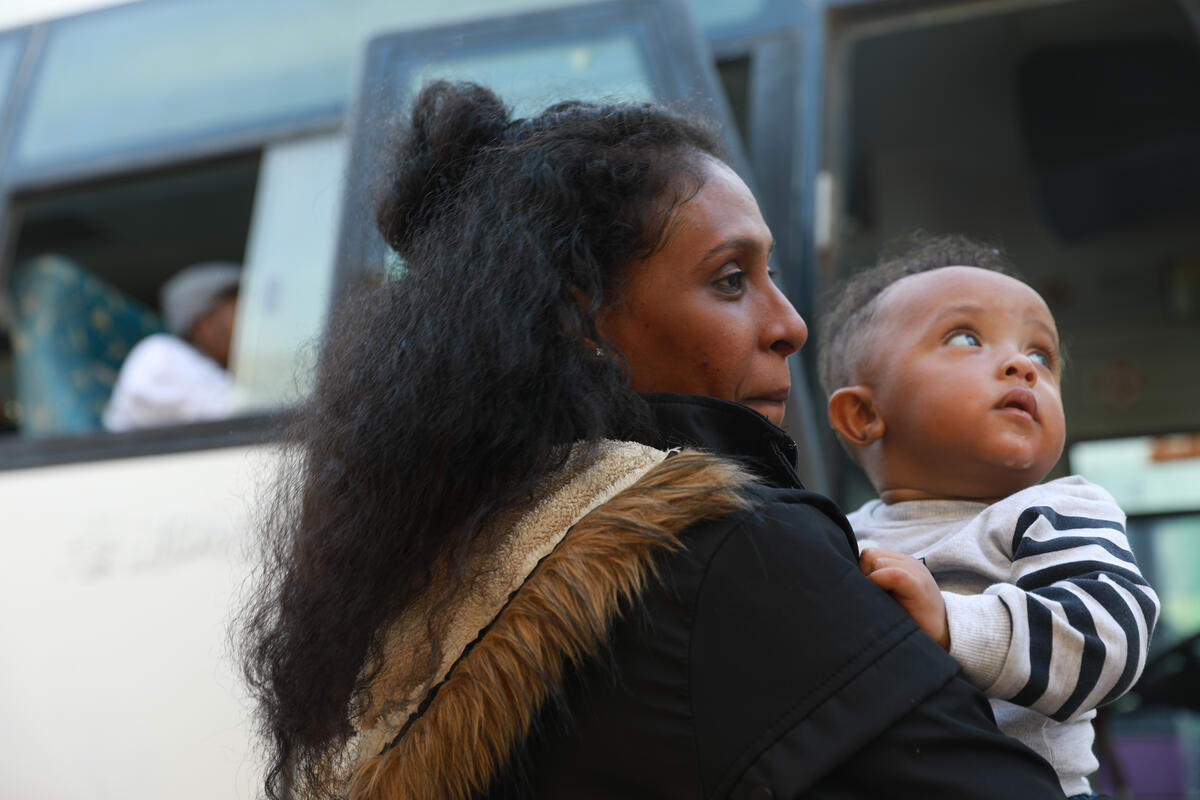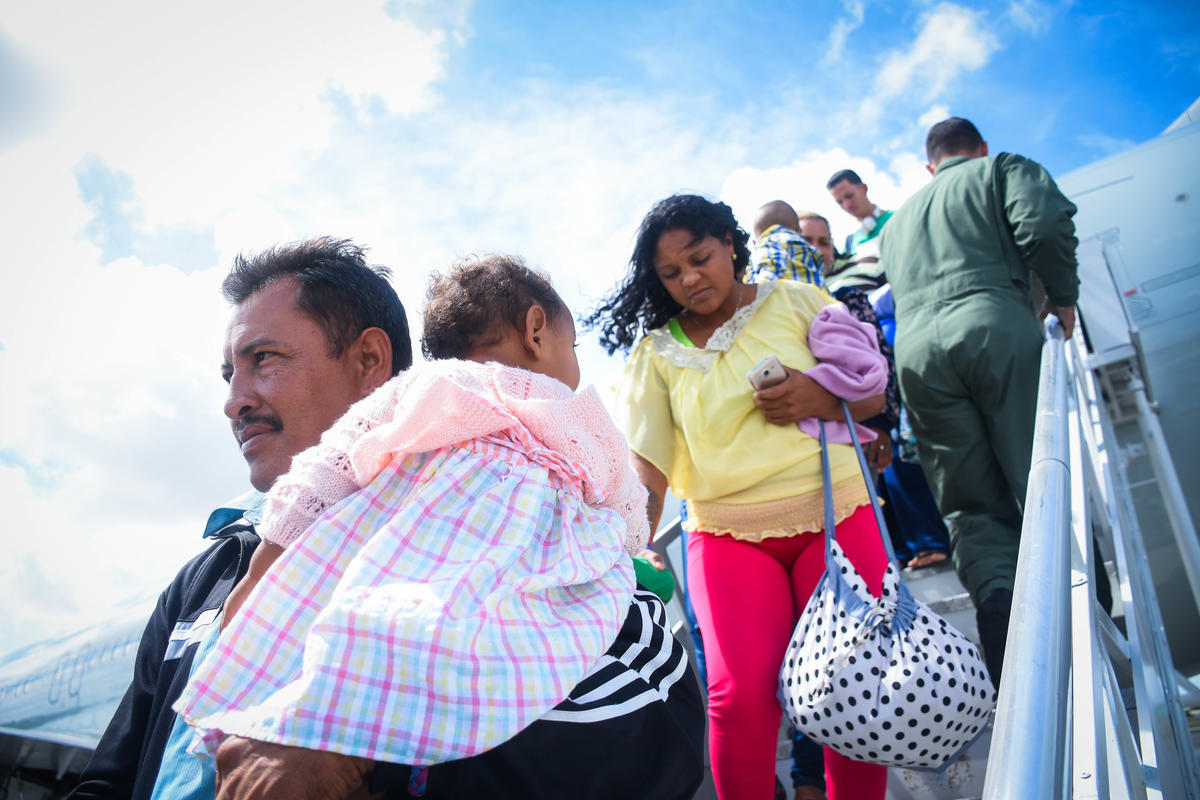More than 31,000 Sudanese refugees relocated in Chad
More than 31,000 Sudanese refugees relocated in Chad

ABECHE, Chad, April 20 (UNHCR) - The UN refugee agency and its partners have transferred 31,100 Sudanese refugees fleeing the conflict in western Sudan to five camps in eastern Chad, with thousands more set to follow ahead of the rainy season in late May.
UNHCR had started the emergency relocation operation in mid-January to assist some of the 110,000 Sudanese refugees living near a 600-km stretch of the Chad-Sudan border, where they face militia incursions and harsh desert conditions. The operation has been expanded to move more than 1,000 refugees per day to camps in eastern Chad, where they can receive proper assistance.
As of Monday, Farchana camp hosted 7,242 refugees, with 6,838 in Kounoungo, 6,495 in Touloum, 5,637 in Iridimi, and 4,897 in Goz Amer.
In all, UNHCR hopes to relocate at least 60,000 before the rainy season starts in late May or early June. Heavy rains will make roads impassable for heavy vehicles, preventing the mass movement of refugees and the delivery of aid to the border areas.
Because the rains generally arrive earlier in the south, UNHCR is focusing its transfers on the southern stretch of the border. Refugees in this area will be moved to Goz Amer camp and at least one new site yet to be identified.
The agency and its local partner CNAR (Commission pour l'Accueil et la Réinsertion des Réfugiés) recently completed the registration of 20,132 refugees in Mouyaye, Daguessa and Ade.
Registration is also ongoing in Tissi, where local authorities estimate that some 10,000 refugees have crossed from western Sudan's Darfur region over the past year. Most of them are living with the local Chadian population, many of them relatives. Some 1,000 of these refugees have already expressed a desire to be relocated further inland.
Meanwhile, in north-eastern Chad, refugees continue arriving on their own in Iridimi and Touloum camps. Groups of up to 50 refugees have been arriving on foot or on donkeys after trekking two days from the border.
These spontaneous arrivals are expected to continue, which underscores the need for new sites. Site specialists are continuing to explore new areas for camps and availability of clean water remains a priority.









